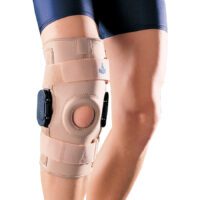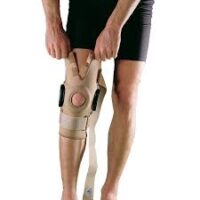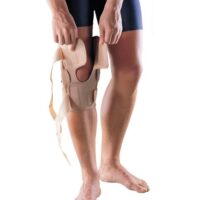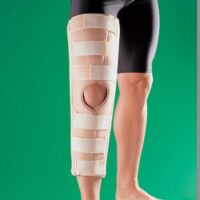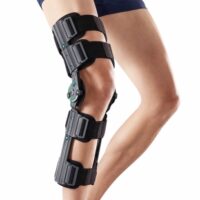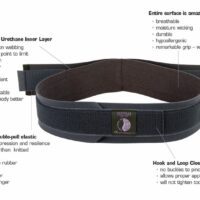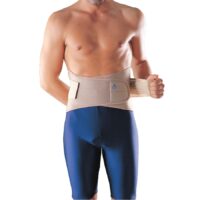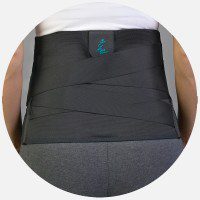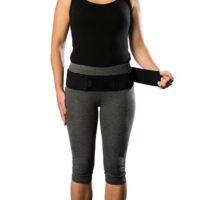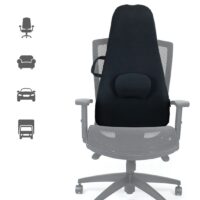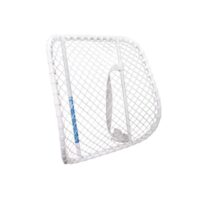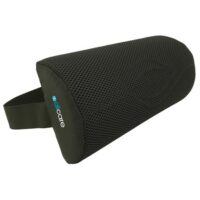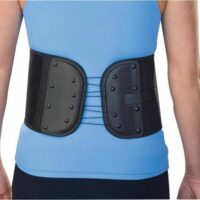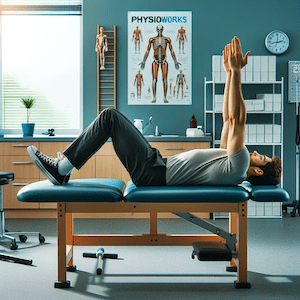Article by John Miller
Post-ACL Reconstruction Rehabilitation
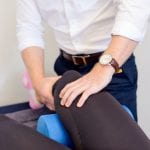

The Crucial Role of Active Rehabilitation in Post-ACL Reconstruction
Post-operative ACL rehabilitation plays a pivotal role in the recovery process following a torn ACL, yet it often receives insufficient emphasis. The diligence with which patients adhere to their physiotherapy rehab influences the long-term performance of their reconstructed knee. While some patients experience a full recovery and can resume their previous lifestyles, many individuals may endure persistent pain, stiffness, and limited joint motion for months or even years after ACL reconstruction surgery. To achieve the best possible outcome, entrusting your ACL reconstruction rehabilitation to a skilled physiotherapist becomes paramount.
Your Sport Matters
In sports, the risk of an ACL (anterior cruciate ligament) injury is higher in Level I sports compared to Level II sports. The classification of sports into different levels is not a standardised system. Generally, it refers to the level of contact, intensity, and risk of injury involved in the activity. We consider Level I sports to have a higher risk of ACL injuries due to the nature of their movement patterns and the amount of contact involved. On the other hand, Level II sports typically have less risk of ACL injuries.
Level I Sports
Level I sports with a higher risk of ACL injuries includes football, AFL, the rugby codes, netball, basketball, volleyball, tennis, snow skiing and American football.
Why is a Level I Sport More at Risk of ACL Injuries?
The reasons why Level I sports are more at risk for ACL injuries compared to Level II sports include:
- Contact and collisions: Level I sports often involve direct physical contact with opponents, increasing the likelihood of collisions that can lead to ACL injuries.
- Aggressive movements: Level I sports typically require more aggressive and abrupt actions, such as cutting, pivoting, and jumping, which can strain the ACL.
- Higher intensity and skill level: Athletes in Level I sports are usually more skilled and perform at a higher intensity, increasing the likelihood of exposure to ACL injury risks.
- Playing surface: Some Level I sports are often played on turf or artificial surfaces, which may contribute to ACL injury risk compared to natural grass found in many Level II sports.
It's important to note that while Level I sports have a higher risk of ACL injuries, physical activity carries some injury risk. Athletes should take appropriate precautions, such as proper warm-up, conditioning, and correct techniques, to reduce the risk of ACL injuries. Additionally, seeking medical attention and following rehabilitation guidelines if an ACL injury occurs can help ensure a safer return to sports activities.
What's the Timeline for Returning to Activities after ACL Reconstruction
For athletes, returning to their beloved sports after undergoing ACL reconstruction is of utmost importance. However, the timing and readiness for a return to sport (RTS) significantly impact re-injury risk.
A compelling 2018 study by Kate E. Webster and Julian A. Feller caught our attention. In their research, Webster and Feller aimed to determine the proportion of athletes who returned to Level I sports (activities involving jumping, hard pivoting, and cutting) within one year after ACL reconstruction. Additionally, they compared the return rates based on age and sex while also examining the association between RTS and commonly used outcome criteria.
The study involved 1440 athletes who met specific criteria, such as undergoing primary ACL reconstruction, possessing a normal contralateral knee, having no additional surgery within the first year after reconstruction, and participating in level I sports weekly before the injury. The researchers recorded the proportion of athletes who had resumed level I sports 12 months after surgery. Knee function, laxity, and self-reported outcomes were also assessed.
Your Age Matters
The findings revealed intriguing trends. Athletes aged 25 years and younger exhibited significantly higher rates of returning to level I sports, with 48% achieving this milestone within one year after ACL reconstruction. In contrast, older athletes aged 26-35 years had a return rate of 32%, while those aged 36 years and older had a return rate of 19%.
Your Gender Matters
When comparing return rates by sex, male athletes in the younger age brackets (≤25 years and 26-35 years) demonstrated significantly higher return rates than their female counterparts. However, after the age of 36, no sex-based differences in RTS were observed.
Your Symmetry Matters
The study also shed light on the significance of specific recovery indicators. Athletes, regardless of age, had twice the odds of RTS if they achieved limb symmetry index scores of 90 or higher and three times the odds of RTS if they attained International Knee Documentation Committee (IKDC) scores of 95 or higher.
Everything Matters!
In conclusion, the study showed that nearly half of the younger athletes (aged ≤25 years) returned to a level I sport within 12 months after ACL reconstruction. Younger athletes were more likely to meet criteria indicating satisfactory functional recovery and readiness for RTS. These findings underscore the importance of considering age when establishing thresholds for recovery indicators.
This research underscores the critical importance of meticulously assessing an athlete's readiness to return to sports after ACL reconstruction. By factoring in age, sex, and specific recovery indicators, healthcare professionals can provide tailored guidance and support to optimise the RTS process and reduce re-injury risk.
What to Do If You Have a Ruptured ACL?
If you experience a ruptured ACL, seeking guidance from a qualified physiotherapist is highly recommended. The success of your rehabilitation depends on various factors, such as your age, activity level, the extent of the injury, and the specific sporting demands you plan to resume.
Please consult your healthcare professional or physiotherapist for more information on ACL injuries, the need for surgery, posterolateral corner injuries, and knee ligament injuries. They can provide personalised advice and recommend the most suitable action for your situation.
More ACL Information
Reference: Webster, K. E., & Feller, J. A. (2019). Return to sport after anterior cruciate ligament reconstruction: Evaluation of age, sex, and readiness to return criteria. Orthopaedic Journal of Sports Medicine, 6(8), 2325967118788045. doi: 10.1177/2325967118788045










